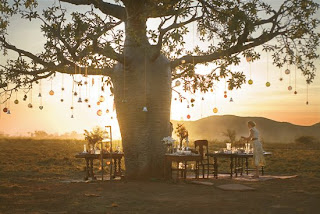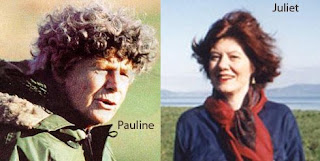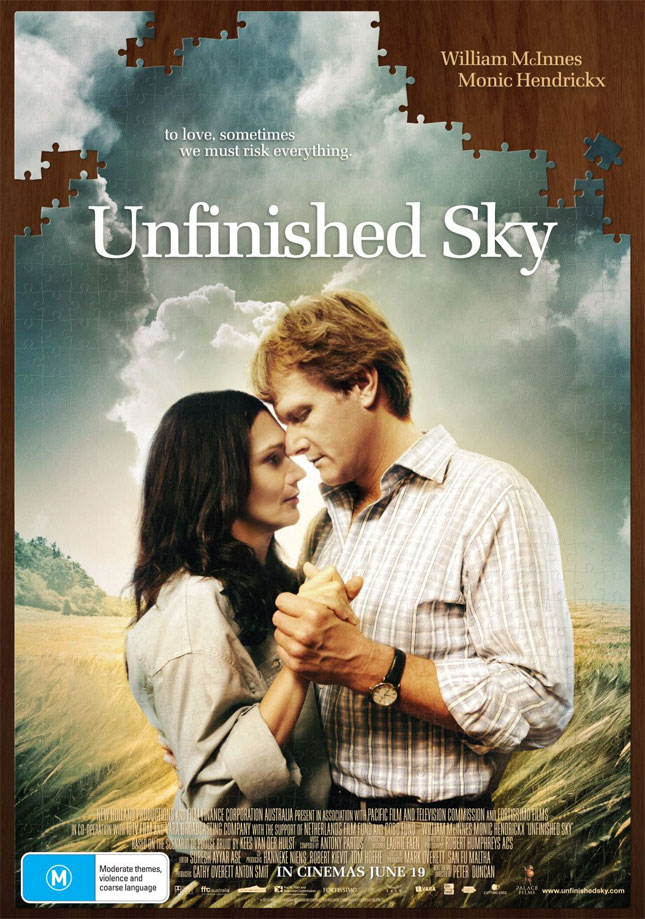 As many of you may have noticed, it seemed that Baz Luhrmann and the other writers were attempting to make a catch phrase of "crikey!" via numerous, mostly unhumorous uses throughout the movie. I can't be sure it wasn't their intention to use it as an homage to Steve Irwin or Australian culture in general, seeing as much of the flavor of the film was nostalgic, or if it was simply historically relevant for the film.
As many of you may have noticed, it seemed that Baz Luhrmann and the other writers were attempting to make a catch phrase of "crikey!" via numerous, mostly unhumorous uses throughout the movie. I can't be sure it wasn't their intention to use it as an homage to Steve Irwin or Australian culture in general, seeing as much of the flavor of the film was nostalgic, or if it was simply historically relevant for the film.In any case, I thought I'd do a little investigating on the word's etymology to truly understand its history. The word is what is known as a "mincing oath," or more simply euphemism, used in place of the blasphemous explication of "Christ!" It is in fact considered a swear word by the Oxford English Dictionary, but that seems to only be relevant to Australian or New Zealand culture at this point in history. The first syllable is meant to mimic the initial sound of "Christ" (i.e. Chri- vs. Cri-) and is similar to the comparison of "damn" vs. "dang."
It's first recorded use in print was in 1838, though it's understood that the word was a part of the spoken language long before that. Surprisingly, the word originated in Great Britain and was adopted later by the criminals and English expatriates who migrated to Australia at its inception. "Cripes!" is an off-shoot of "Crikey!" and is essentially meant to convey the same sense of exasperation or displeasure.
Overall, I found Australia to be a bit of a disappointment, and, like most people have already commented in some way, I found the performances and visuals to be strong but the story was trite and the dialogue was less than stellar. It was like Gone With the Wind sans the dynamic characters and compelling relationships. Though I did appreciate the ways in which it was almost a microcosm of everything we've been talking about in class this semester.
In memory of a great Australian, Steve Irwin, and the man who brought "Crikey!" into most of our vocabularies, I include a compilation of his bloopers that all deserve a hearty "Crikey!" or two.
- Matt Holden











































